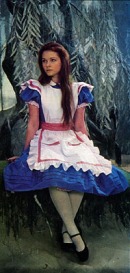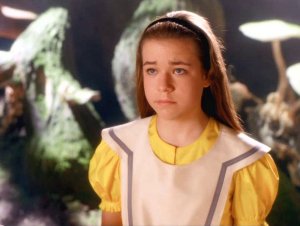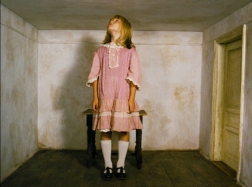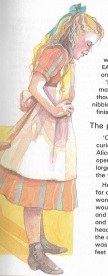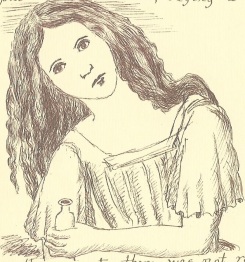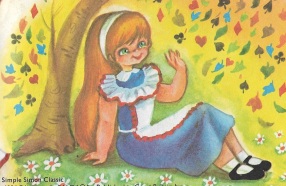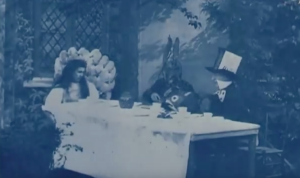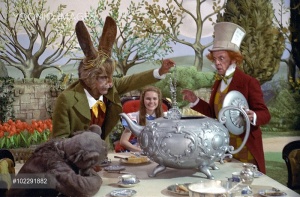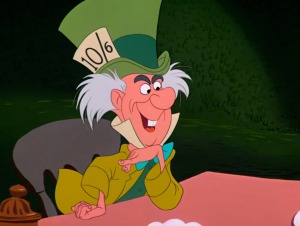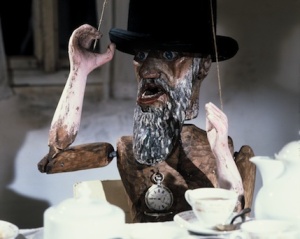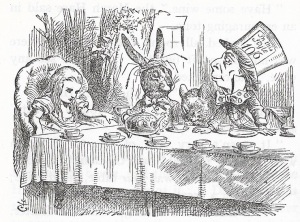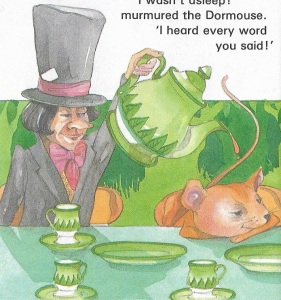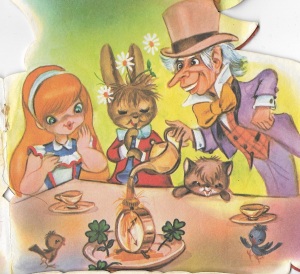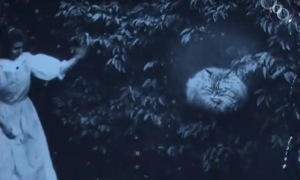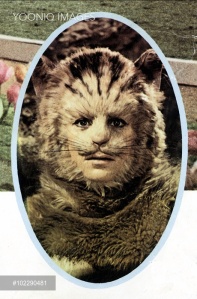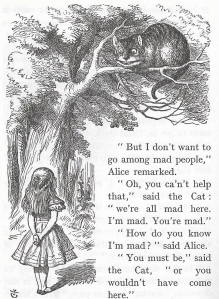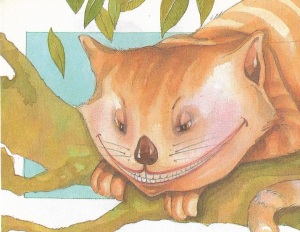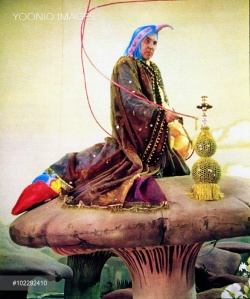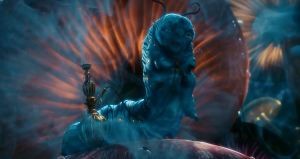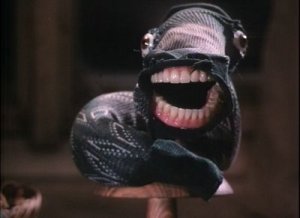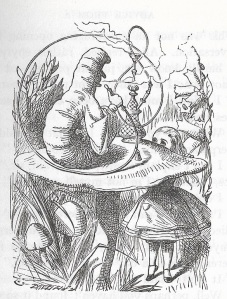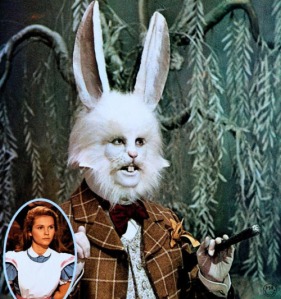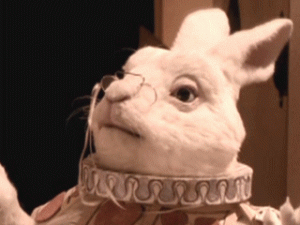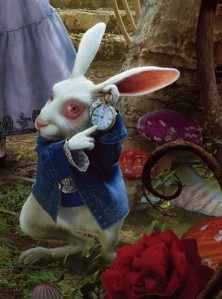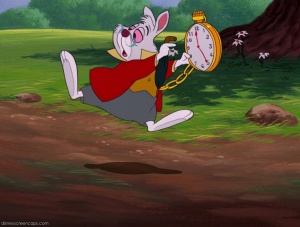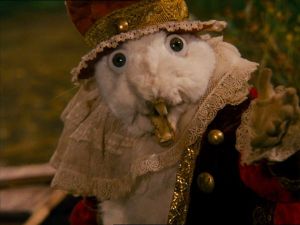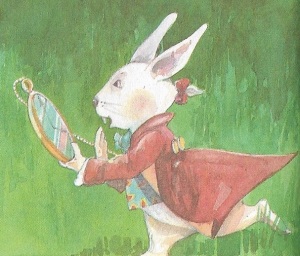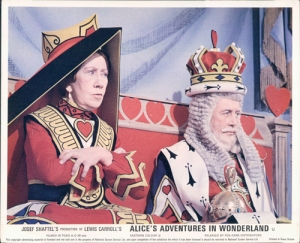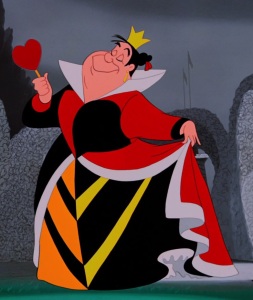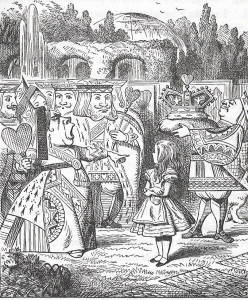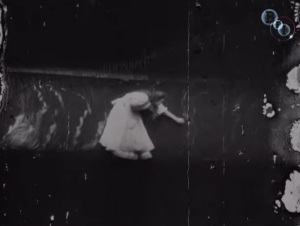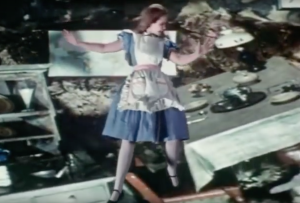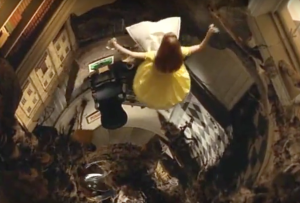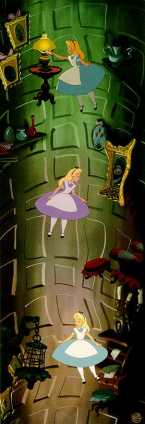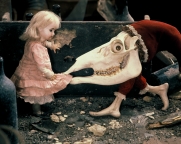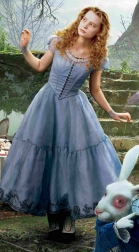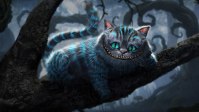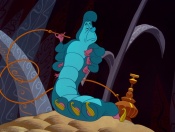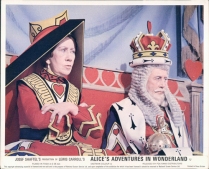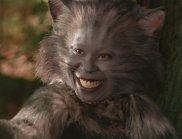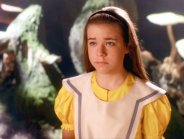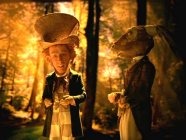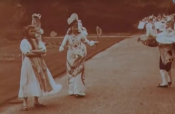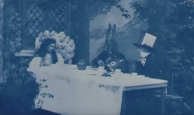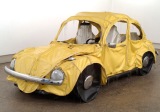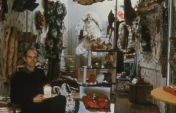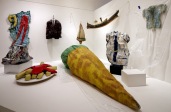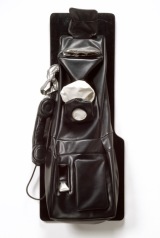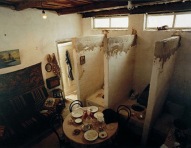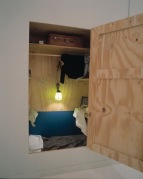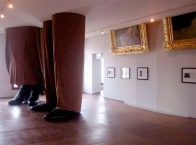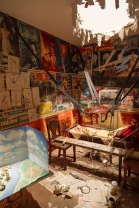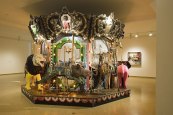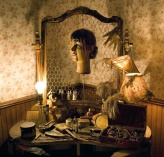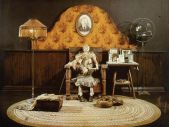Along side watching all the movie adaptations of Alice that i own, i read both ‘Alice’s Adventures in Wonderland’ and ‘Alice Through the Looking Glass and what Alice found there’ so that i could better understand where the movies had gotten their inspiration for the films and to see how closely they kept the the actual storyline of the original book. As well as reading these i read ‘Alice’s Adventures Underground’ the original manuscript of the story. Sent to Alice Liddell, the inspiration behind Alice, as a Christmas present off Lewis Carrol who made the story up for her and her sisters one summers day when she was a child. The book is written in Lewis Carroll’s handwriting and has his own hand drawn illustrations. It was interesting to see how different the story originally was to the version we all know today. Characters like the mad hatter and cheshire can’t aren’t even in the original story at all.
Category: Artist Research
Salvador Dali Illustrations
Dali was commissioned in 1969 by Random House to produce a series of 12 Alice in Wonderland illustrations. They have such a bright energy to them. They have a different feel compared to Dali’s usual style of work. They are almost unrecognisable as works by Dali, however in every illustration there is a figure of ‘Alice’ that is one of Dali’s iconic figures from a piece with an image of a girl with a skipping rope, first used by Dali in 1935.
Different Film/Illustration Adaptations of the characters
Alice
Mad Hatter
Cheshire Cat
The Caterpillar
The White Rabbit
Queen of Hearts
Down the Rabbit hole
Alice in wonderland movie adaptations
Jan Svankmajer Alice (1988)
In Jan Svankmajer’s Alice it is a mixture of stop motion and live action. it has most of the key components and characters from the book however he does add in and take awake a lot too. The characters are quite dark and sinister due to the materials they are made from. The white rabbit is a real taxidermy rabbit with big bulging eyes. a lot of the extra characters are made from skulls and bones, again with the same big eyes as the rabbit. Instead of being a vast outdoor world this version of wonderland is set in an old desolate building.
Tim Burton Alice in Wonderland (2010)
This adaptation of Alice is the one that strays from the book most of all. The characters are the only thing that is directly taken from the book and some small aspects of the film come from it as well, but not a lot. This version also mixes a lot of the characters from Through the looking Glass as well as the original characters. The majority of the storyline in this adaptations completely new and made for the film.
Disney Alice in Wonderland (1951)
With this adaptation of Alice being a cartoon they were able to have brighter colours than any of the other adaptations i have seen. This version of Alice in wonderland mixes the characters from Through the looking glass. Some of the characters from Through the looking glass say the lines from the original Alice book, and vice versa. The adaptation seems to be the one that set the line for future versions of Alice, and a lot of our associations with Alice come from this version too. For instance in the book there is no mention of Alice’s hair colour, or the colour of her dress, yet since Disney’s adaptation when people think of Alice most picture her with her blonde hair and blue dress.
William Sterling Alice’s Adventures in Wonderland (1972)
In this version of Alice they stick very closely to the book. The characters are designed to look as close to the John Tenneil illustrations. All of the dialogue in the film is direct quotes from the book, only skipping small parts out. However this adaptation still takes one scene from the Through the Looking Glass book. That being the scene with Tweedle-Dee and Tweedle-Dum. This scene was still taken directly from the book, just not the original Alice story.
Nick Willing Alice in Wonderland (1999)
With this version of Alice it sticks quite well to the book although it does add a lot of new dialogue that isn’t in the book. It is also more of a mixture of the two books of Alice’s adventures in Wonderland and Alice Through the Looking glass. Even more so than the Disney cartoon and the 1972 version. This film also adds a new part to the story about Alice needing confidence to sing infant of some guests back in the real world, giving her trip to Wonderland a bit more meaning as sheneeds to gain the confidence along her way.
Percy Stow & Cecil Hepworth Alice in Wonderland (1903)
This version of Alice is the first ever film adaptation of the book. It is only 10 minutes long, however for its age it would have took a long time to make. Different coloured filters were added to the film for each different scene. One of my favourite aspects of this adaptation is the over reactions of the acting, very common for films of the time. Another great part to this is that the cheshire cat is literally a real cat that has been imposed onto a tree.
Artist Research
Claes Oldenburg
Claes Oldenburg is an American sculptor known for his installation pieces. In his pieces he makes them in various sizes. some being fairly large scale and some being the size of buildings. He also uses a number of different materials to create his works. The pieces that i enjoy the most from Claes Oldenburg are his vinyl pieces. What i like about them most is that he takes an everyday object that is often associated with being a hard material, for instance a car. He then uses the vinyl to make them from a softer material. What this does is that it makes them look almost like an empty shell of an item as the fabric sags making the everyday item look like some strange object.
Ilya Kabakov
Ilya Kabakov is a russian born, American based artist who creates environments with his wife Emilia Kabakov, using an array of found objects. The main factor that i like about Kabakov’s works is that they all tell a story. Within his pieces he will go into immense detail about the characters or stories he has created within his work, by adding small little things into the pieces to help show his stories.
Edward Kienholz
Edward Kienholz was an American artist. he creates large scale installation pieces. They are very dark and creepy pieces that he creates. He adds in a lot of detail to his pieces and takes you to another world where things aren’t quite how they should be. What i like about Kienholz works most is that they’re all things that don’t quite make sense, i also like how dark his works are, and that they are quite often interactive for the viewers.










